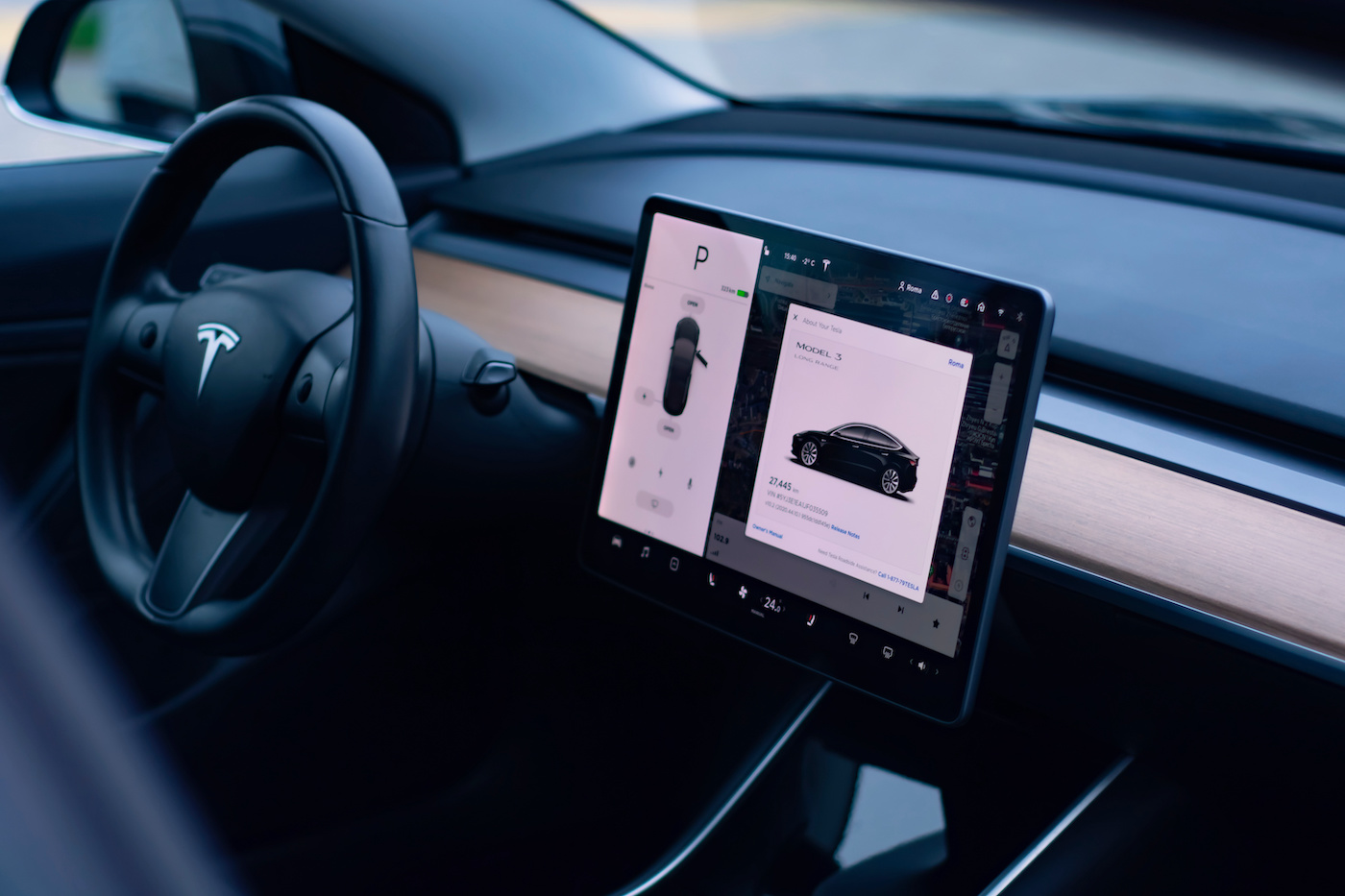The 2023 performance of Tesla’s stock (TSLA) has been tumultuous, but investors would expect nothing less from a company embedded firmly in the innovative and chaotic world of Elon Musk.
The recent release of its third-quarter earnings report has seen a recent spate of investor sell-offs as Tesla fell short of consensus estimates.
One of the leading causes of Q3 2023 earnings shortcomings came from company price cuts, and while this was factored into TSLA’s market price, the extent of the shortcomings was worse than expected.
Fears over Tesla’s earnings come despite the launch of one of the auto manufacturer’s most hotly anticipated models, the Cybertruck, which now has a date for deliveries and will begin shipping the vehicle in November.
However, investors have been spooked by the potential for further price cuts that could see lower profits and slowing levels of investment in new vehicles in the future.
So what does this actually mean for one of Wall Street’s most impressive performers in the 21st Century? Here, it’s worth noting that Tesla has grown more than 800% over the past five years, and is up more than 16,000% since going public in 2010.
Add to this an impressive $650 billion market capitalization that’s more than 10-times the size of Ferrari (BIT: RACE), and it’s easy to see why Tesla has commanded so much attention in recent years.
Has Tesla’s earnings report come as a timely reality check for the ambitious automobile firm? Or is it a fresh opportunity for investors to buy stock at a short-term discount?
Counting the Cost of Missed Expectations
Contextually speaking, Tesla’s 2023 performance has been strong. The stock has nearly doubled in value from its price at the start of the year (though this was buoyed by a harsh market correction in late 2022).
It’s also important to consider that TSLA has stood relatively firm in the face of economic headwinds in recent years in the form of high levels of interest rates, supply chain frailties, and geopolitical conflicts like Russia’s invasion of Ukraine.
Despite this, the reaction to Tesla’s Q3 earnings announcement appears to carry a heavy burden, particularly on the company’s CEO.
According to one TSLA shareholder and financial analyst, Elon Musk used an earnings call to blame the firm’s poor earnings on the economy.
“For a leader to cry about the economy rather than funnelling that and coming up with a plan is pathetic,” explained Kevin Paffrath. “We need to know the light is at the end of the tunnel rather than hearing a complaining CEO who’s not actually providing that path.”
Paffrath went on to claim that Musk was “almost in tears” during the call, which may underline the severity of Tesla’s stock sell-offs, which have led to a 15% fall in share value in October.
With the earnings announcement declaring that revenue arrived at 3% below expectations and the number of vehicles being delivered falling 6% below the previous quarter, investors may be justified in fearing that Tesla could be struggling to realize its vast potential.
Strength in Innovation
Although Tesla’s Q3 earnings have sparked widespread concern among investors, it’s worth noting that the company carries a strong emphasis on technology alongside the automotive industry.
“Despite a softer-than-expected delivery report, Tesla, Inc. remains the most promising company in the auto industry,” explains Maxim Manturov, head of investment research at Freedom Finance Europe, an EU-based online broker. “Tesla’s deliveries increased by 40% in 2022, and the company is on track to increase deliveries by another 37% this year.”
“Moreover, Tesla will soon have incredible new market-leading products, including the highly anticipated Cybertruck and Tesla Semi. In addition, Tesla’s energy generation and storage (“EG&S”) business is gaining momentum, and sales should continue to grow as its EG&S segment continues to expand,” Manturov notes.
It’s this commitment to innovation that’s formed Musk’s response to Tesla’s Q3 performance. One of the central points of the Tesla CEO’s Q3 earnings call revolved around the firm’s full self-driving (FSD) program.
“Training is the fundamental limiting factor on progress with full self-driving and vehicle autonomy,” Musk claimed. This need for more complex self-driving models means that more big data and computational resources are required to train models effectively.
This necessity for greater training equipment comes in the wake of Tesla unveiling a large supercomputer built on Nvidia A100 chips in 2021 and illustrates that patience really can be a virtue for investors who believe in Tesla’s transformative industry impact.
Tesla Remains a Strong Long-Term Play
Despite a tumultuous 2023, Tesla still holds strong levels of liquidity. By the end of Q3, the company held $26.1 billion in cash, cash equivalents, and investments, as well as a free cash flow of $0.85 billion. This high liquidity can be focused on delivering future innovations while maintaining a strong balance sheet.
While the Cybertruck was launched to much fanfare, Morgan Stanley analyst Adam Jonas has highlighted the development of Tesla’s AI-powered Dojo supercomputer could potentially unlock $500 billion in economic value and a competitive edge over the industry.
These key positives highlight that Tesla is a company that has the potential to grow despite short-term volatility, and showcases a stock that remains at the forefront of innovation when it comes to the automotive industry.
The views and opinions expressed herein are the views and opinions of the author and do not necessarily reflect those of Nasdaq, Inc.
Image and article originally from www.nasdaq.com. Read the original article here.

